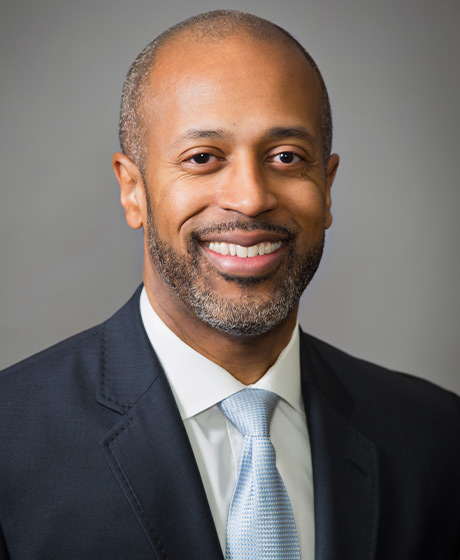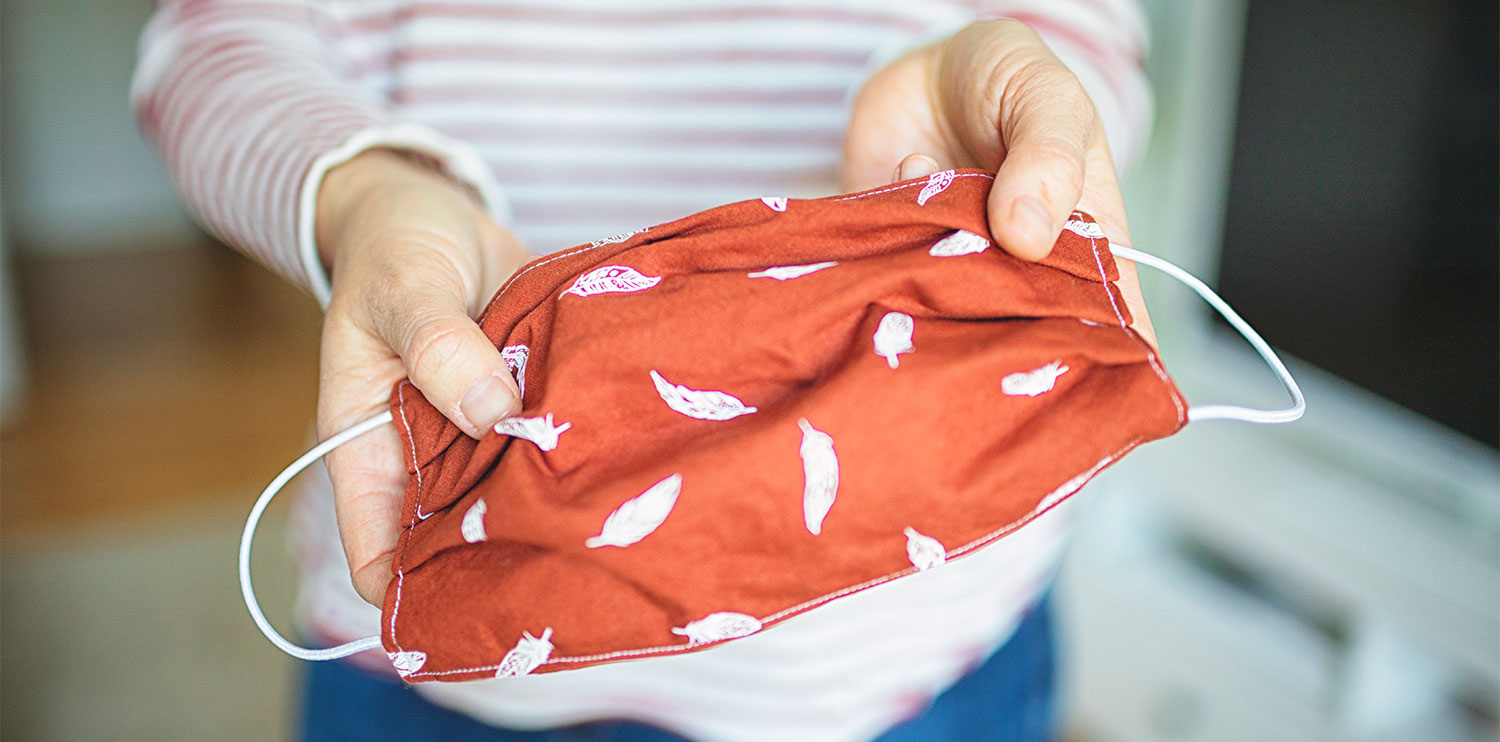
n January 2020, CSBA’s Board of Directors was participating in a retreat when one of the directors asked me, “What keeps you up at night?” I chuckled, and then went on to say, “the list is long, but here are a few things…” I then toiled through a laundry list of operational, policy and organizational challenges and opportunities I felt were important for CSBA’s success.
Little did I know that, two short months later, I (along with the rest of the world) would be dealing with a coronavirus (COVID-19) pandemic — something far more serious than any of the items on my to-do list. Nor did I know at the time that this virus would cause many schools across our state to shutter their doors to students for the rest of school year; that school employees would be serving drive-thru meals to students; that almost every school district and county office of education in the state would be scrambling to implement some form of a distance learning program for their entire student body; and that our state (and our nation and world) would be tallying up daily deaths caused by a microscopic bug that has the ability to incapacitate the healthy in a matter of days.
I could never have imagined any of these things. I could never have imagined that I would have to make the very difficult decision to cancel CSBA’s Legislative Action Day for the first time in the history of the association, and that a few short days later — ahead of the Governor’s call to stay at home — I would close CSBA’s office in order to protect my staff and CSBA’s operational capacity from this invisible threat.
Nor could I have ever imagined that, as a parent, I would go from pestering my teenage sons to stop touching their eyes or mouth with their fingers because they could get germs, to telling them that it could kill them. Or having to show them the proper way to wash their hands all over again, like when they were mere toddlers entering preschool.
Neither could I have imagined I’d see my wife huddled on our bedroom floor teaching herself how to make homemade masks for herself and her colleagues at work; they work with people who are considered high risk for catching the coronavirus.
Unfortunately, this is not some sci-fi movie, and it’s not a bad dream, but rather, it’s the reality of the world we find ourselves living in.
But, as this catastrophe has unfolded, it has been abundantly clear that our schools are — and always will be — the centers of our communities and the beacons of hope for many students and families. Hope is a powerful word right now, as we all hope this virus and the damage it has wrought will come to a quick end.
American poet Emily Dickinson once wrote, “Hope is the thing with feathers, that perches in the soul, and sings the tunes without the words, and never stops at all.” I would agree.
In more clinical terms, hope is an optimistic state of mind that is based on an expectation of positive outcomes with respect to events or circumstances. While hope is generally an expression of optimism, according to Webster’s Dictionary, its archaic link is to the word “trust.”

So, with hope, we are also placing our trust in someone or something. Today, under all the anxiety and stress that the coronavirus has rained down on humanity, it is our hope and trust in the expertise and commitment of our healthcare professionals who will light the way out of this moment of darkness.
Our country and our schools have always been wrapped in the hopes and aspirations of generations of Americans throughout our checkered past. It was, in large part, hope that sustained generations of slaves through the horrors of American slavery. It was hope for an equal educational opportunity for Hispanic students in California that pushed the families involved in the Mendez v. Westminister case to sue for better schools in 1946–47. It was hope for a better life in America that brought many Irish, Asian, Italian, Hispanic, African and Jewish immigrants, among others, to this country over the last hundred-plus years. And it is the hope of every parent that a quality education will position their child to have a better future than their own.
It is this same hope, coupled with a sense of duty and commitment, that has been on display for weeks in school districts and county offices of education across the state. Local governing boards and superintendents have moved swiftly to try and allay the fears of students, families and employees by focusing on the challenge at hand and making tough decisions in an environment that is evolving daily.
This leadership has taken many forms and has provided hope to many parents and students as school leaders have generated creative new ways to serve students in this time of crisis. The examples of this are endless, and in this issue of California Schools, we highlight some of these creative efforts to serve students. They include, for example, the 24 school districts in Monterey County that are providing free meals to all students during the crisis. In Sacramento, the small school district of Robla Elementary is delivering meals to designated points throughout the district to ensure students have food to eat.
In the Stockton Unified School District, leadership instituted a plan to arrange tele-health services for every student who was receiving school-based mental health services prior to their schools closing. In our state’s largest school districts — Los Angeles USD and San Diego USD — they have taken aggressive steps to secure in-home internet access, laptops and Wi-Fi hotspots for students in an effort to ensure that learning can continue for the duration of the COVID-19 pandemic.
It is truly hard to fathom what life in California is going to look like by the time this edition of California Schools lands in your mailboxes. The coronavirus has shown us in the starkest of terms that our lives can change dramatically in the blink of an eye. But history has shown us that it is hope that can nourish our minds and strengthen our resolve to make things better as we wrestle with this unprecedented challenge to our modern school system. We will persevere if we let hope focus our efforts, and we trust and support each other. To every teacher, classified employee, board member and superintendent, I say, “Don’t give up. Stay the course. Stay focused.”
Hope is a gift we can give each other through our words and actions. Let it serve as the beacon of light that focuses us on the work ahead and navigates us through this moment of anxiety and despair. For in our post-coronavirus world, we will emerge stronger, better prepared and more united in our quest to serve our state’s most precious asset — California’s 6 million students.
Stay safe. Practice social distancing. Keep hope alive.
